I offer a wide range of services, from creating artwork from a favourite poem, song or quote to creating beautiful paper gifts.
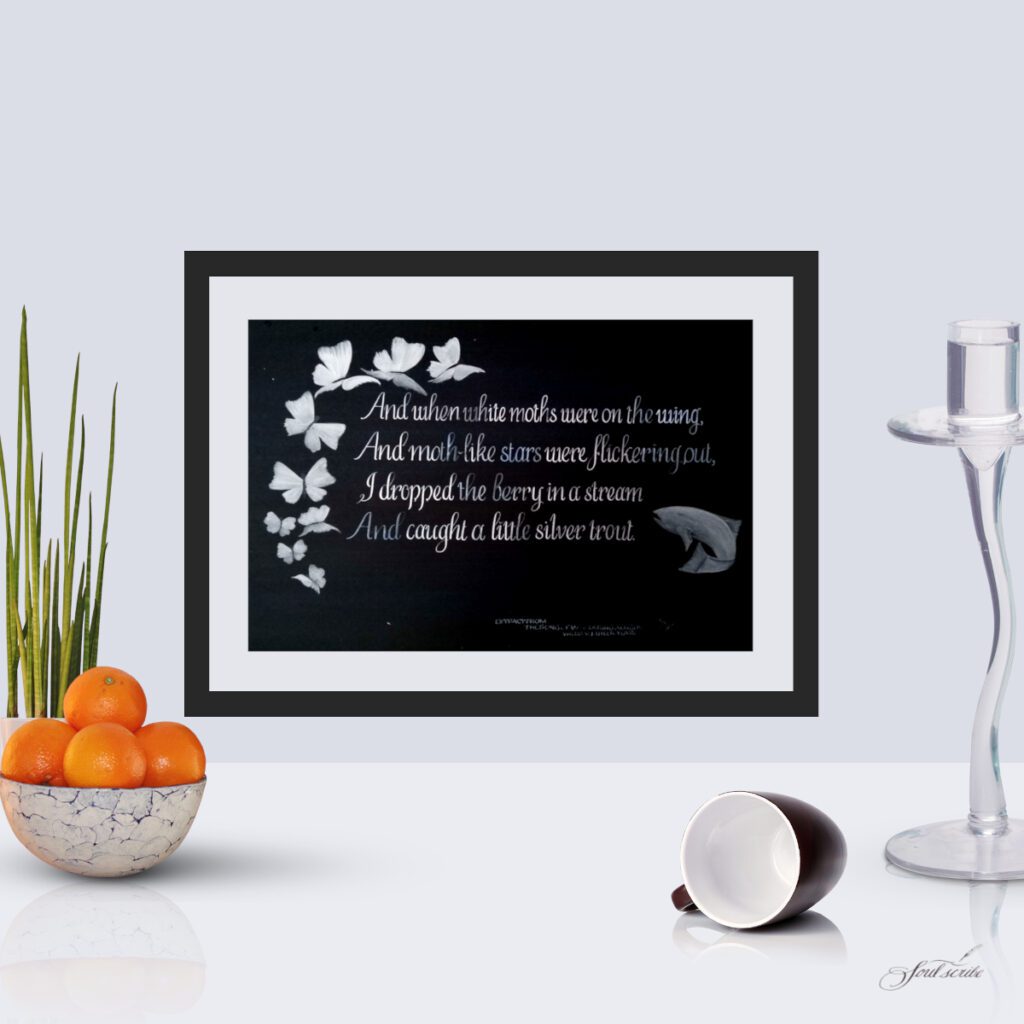
Let me transform your vision into artwork. whether you desire a unique piece for your home or a thoughtful gift for a loved one.
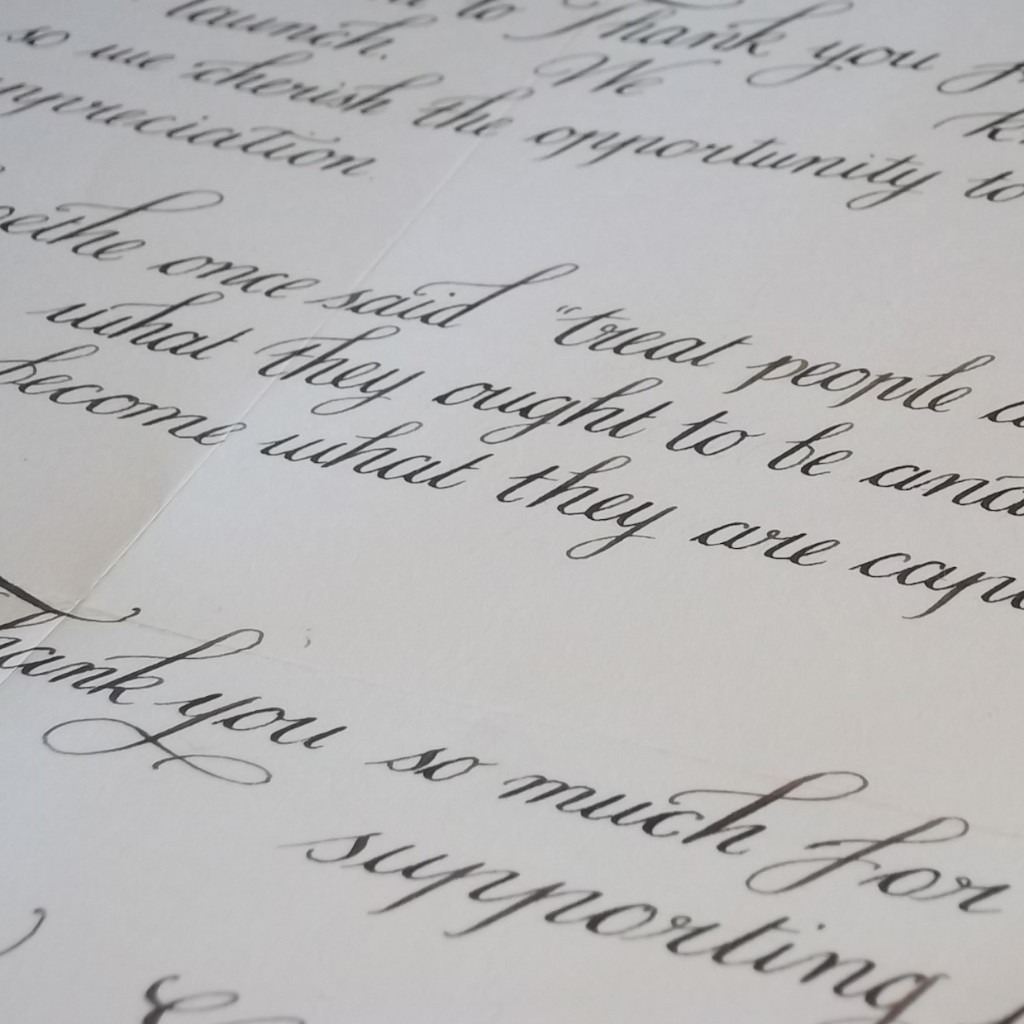
From intimate notes to formal correspondences, my calligraphy adds a touch of elegance to your words, making every letter a keepsake to cherish.
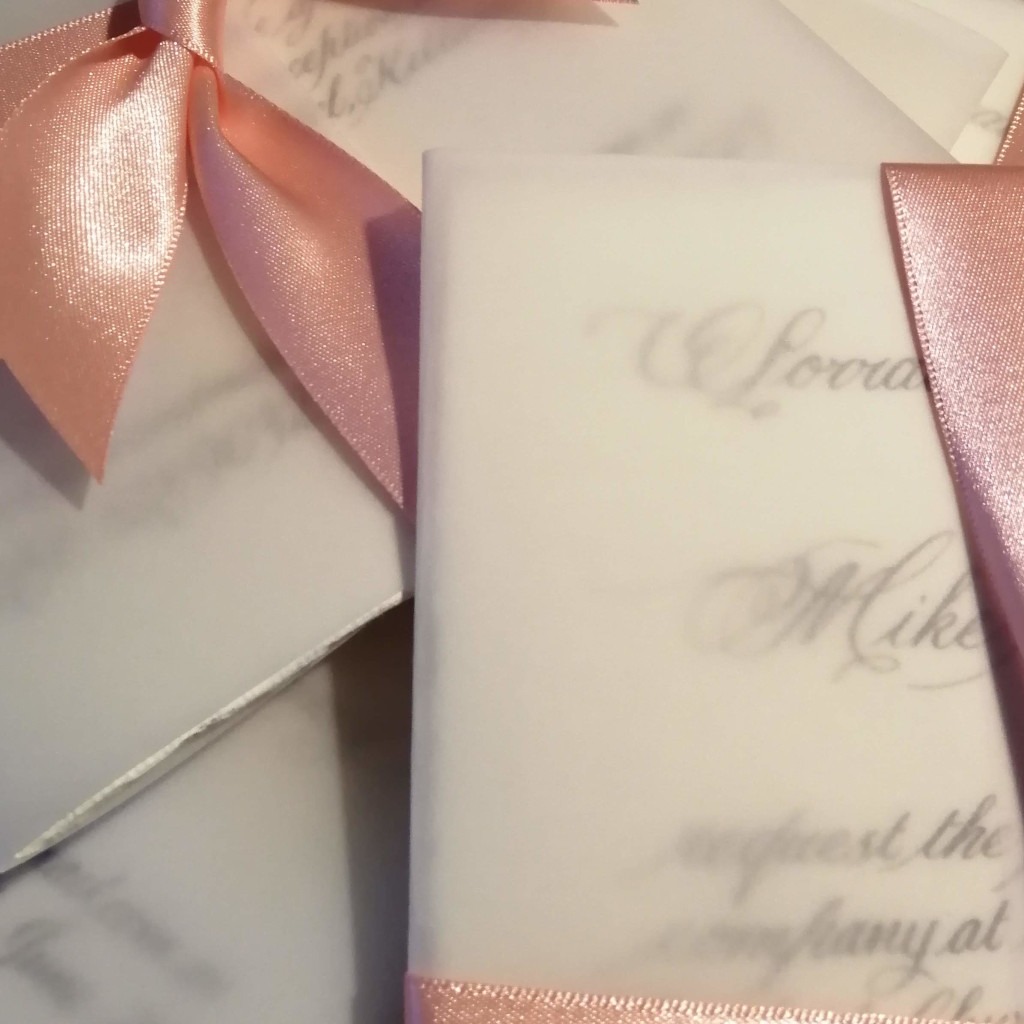
Your wedding day deserves a wedding invitation suite that sets the tone for the beautiful journey ahead. I design wedding invitations that reflect your love story, setting the tone for your special day with elegance and grace.
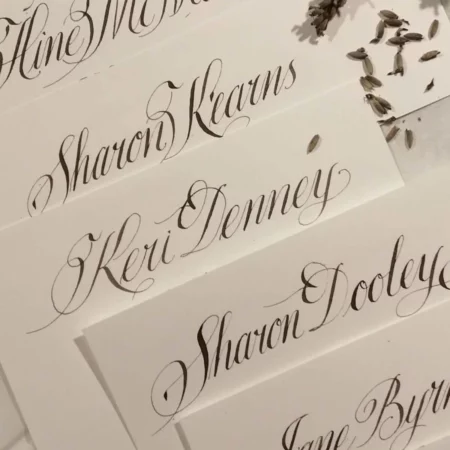
First impressions matter, especially when it comes to invitations. Impress your guests with their names beautifully handwritten on their invitations and envelopes.

A timeless gift that combines style and sophistication, each set is tailored exclusively for you.
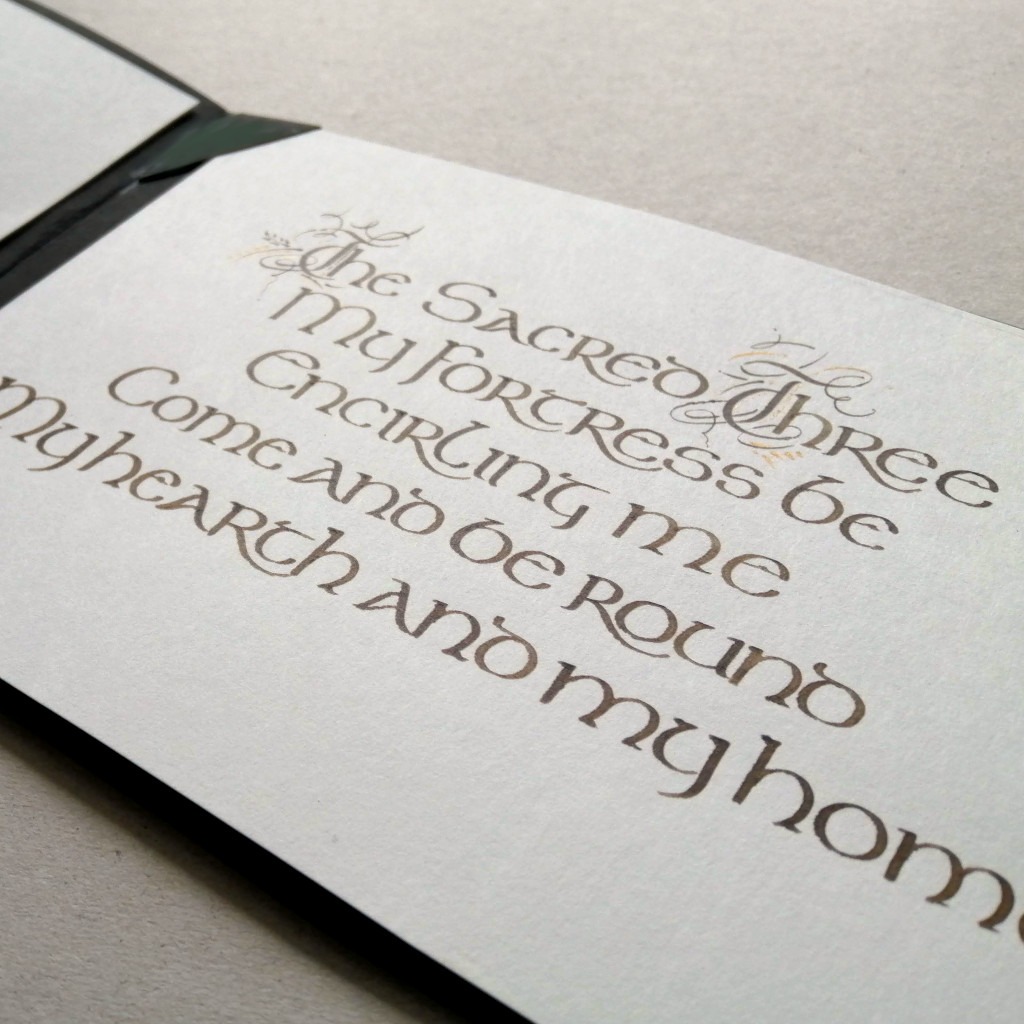
These paper gifts are not just items; they are expressions of love and thoughtfulness. These creations make heartfelt gifts for your loved ones.